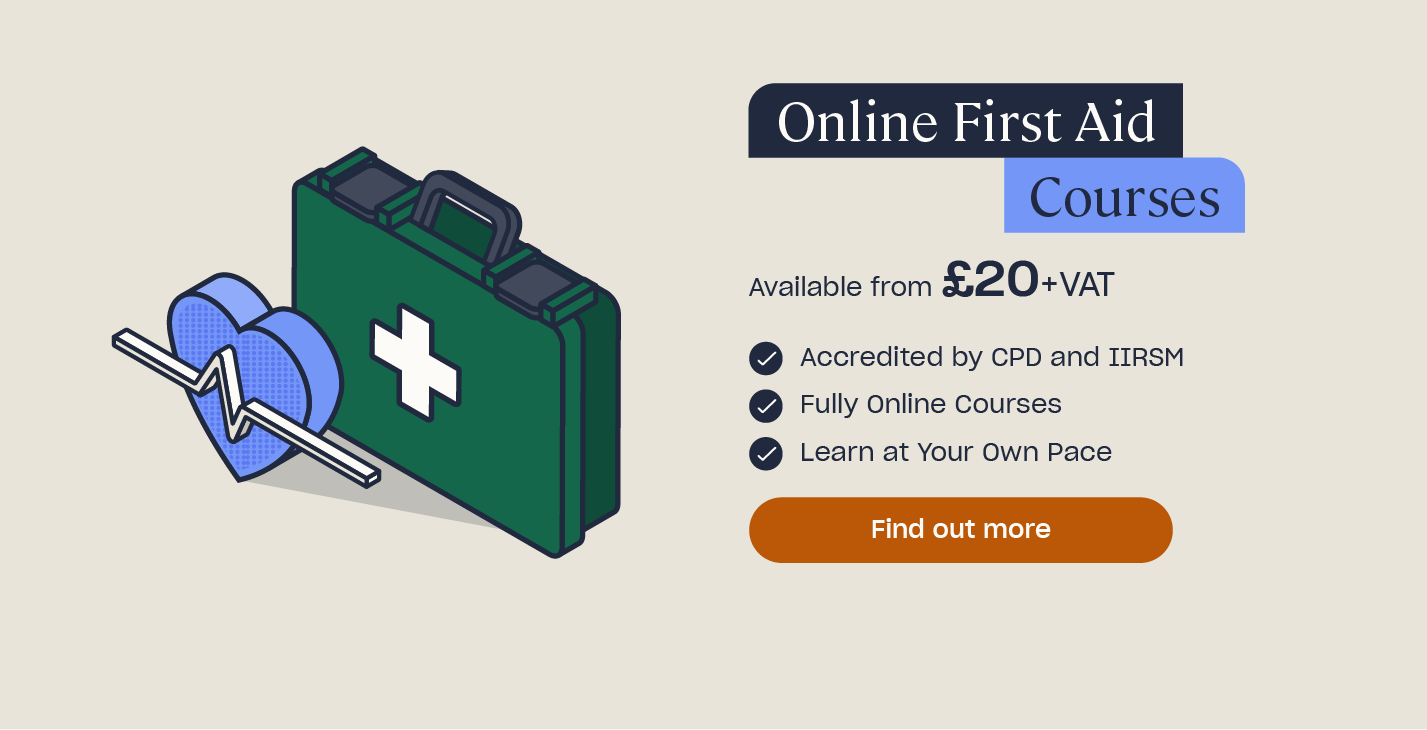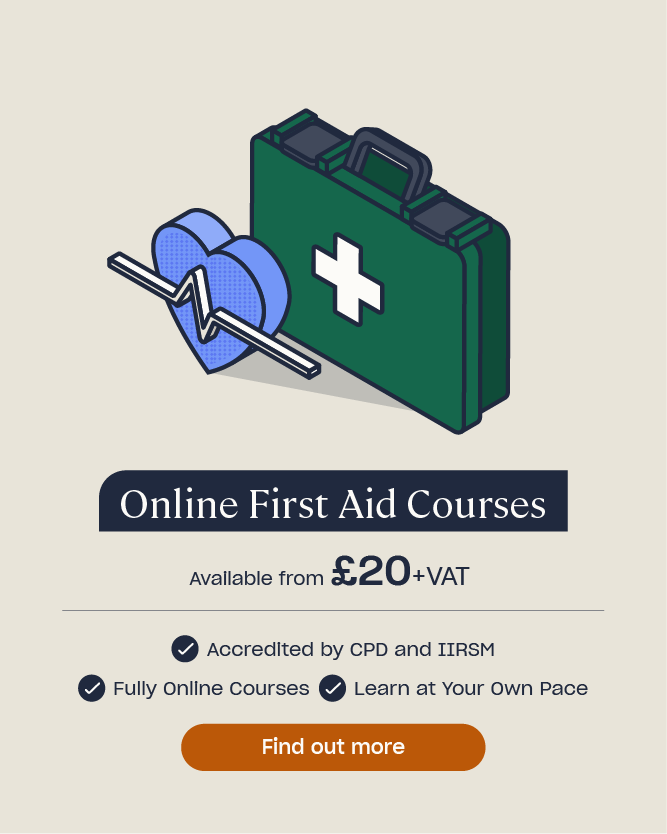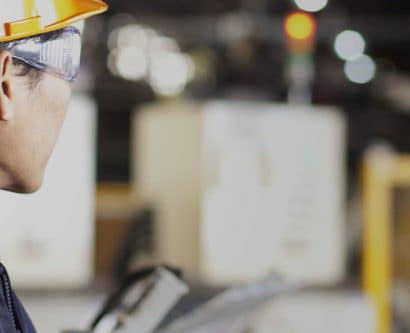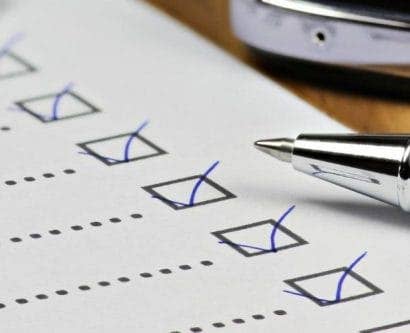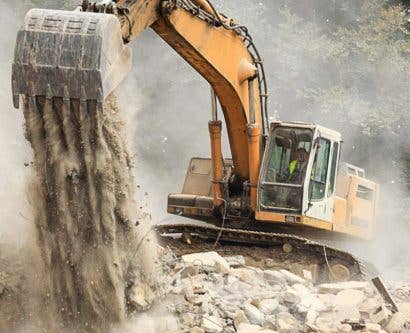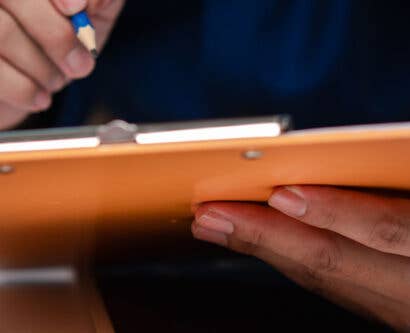What are the Responsibilities of a First Aider?
First Aid is the immediate help that an injured or ill person receives until professional medical help is available, should they need it. Being able to perform first aid is a relatively simple skill that can have an incredibly positive impact – from providing a casualty with much-needed reassurance to saving their life. It encompasses a wide range of help, too, from simply applying a plaster to a cut to performing life-saving CPR.
All companies and places of work must have a qualified first aider, although the number of first aiders required will depend on the number of employees. If you are considering training to become a first aider, this article will offer some information about the role, highlight some of the responsibilities of a first aider and explain the desirable qualities of a good first aider.
Responsibilities of a First Aider
The role of a first aider is to provide initial medical assistance to someone who is sick or injured. Depending on the circumstances, they may be able to provide sufficient care to the casualty themselves, otherwise they would continue to provide aid until the casualty is well enough to seek further treatment themselves or until the emergency services arrive. They also ensure that they and anyone else involved in the situation is kept safe.
A first aider is someone who has received practical training in first aid so that they become qualified to provide emergency first aid to someone who has become injured or ill at work.
Employers will determine how many first aiders their workplace needs by doing a first aid needs assessment. If a low-hazard workplace has fewer than 25 employees, the HSE recommends that having one first aider may be enough, or that you may not need one at all. However, it is good practice to have at least one trained first-aider in any workplace as you never know when a life-threatening injury or illness could occur or what could cause it.
If you’d like to learn more about first aid needs assessments, check out our article, How to Conduct a First Aid Needs Assessment.
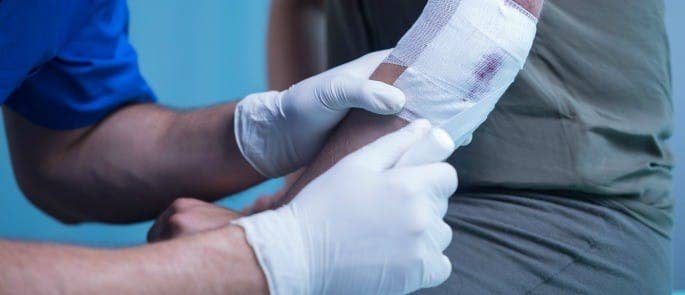
Being a first aider, therefore, carries a range of different and incredibly important responsibilities. If you are a trained first aider and you think someone needs your help, you have a number of responsibilities to adhere to.
The main responsibilities of a first aider include being able to:
- Assess a situation quickly and calmly to get an understanding of what happened. This involves determining whether anyone is in danger, the cause of the situation, and how many people are affected.
- Protect yourself and others from any danger. You should look for any danger in the casualty’s environment and always protect yourself first, only moving the casualty if leaving them would cause more harm. If you are unable to remove a danger yourself, call 999 for emergency help before approaching the casualty.
- Reassure the casualty and keep them informed. If the casualty is responsive, you should introduce yourself to them, explain what’s happening and why, and explain what you’re going to do before you do it.
- Prevent infection. You should try to wash your hands or use hand sanitiser or disposable gloves before administering first aid. The personal protective equipment (PPE) you use will depend on the nature of the incident and what is available in your workplace’s first aid kit. Check out our article on what should be included in a first aid kit, here. However, if a casualty has a life-threatening condition and you do not have protective equipment to hand, administering first aid should take priority over looking for it.
- Assess the casualty. You should perform the primary and secondary survey to determine what may be wrong with the casualty and the most appropriate first aid response, including identifying any life-threatening conditions that must be treated first.
- Administer first aid treatment, such as CPR or applying pressure to bleeding wounds. If a casualty has a life-threatening injury or condition, this should be priorities before treating less serious ailments.
- Arrange further assistance, if necessary. Call 999 for an ambulance if it’s serious, or take/send them to a hospital if it’s serious but unlikely to get any worse. For less serious conditions, suggest calling 111 for further advice or that they see a doctor if they are concerned or if the condition worsens. You should always stay with them until they have received the necessary care or medical professionals take over.
Looking to Learn More?
Our Workplace First Aid course will teach you how to identify different illnesses and injuries using the primary and secondary survey and provide the appropriate first aid response, including life-saving care, giving you the confidence to act quickly in emergency situations.
Qualities of a Good First Aider
There are a whole range of skills that are beneficial for a first aider to have that will allow them to deal with medical situations quickly and in the best way possible.
Some qualities that make a good first aider include:
- Communication skills: you must be able to communicate effectively with the injured person so they feel they can trust you and are reassured. By calming their panic you will make the situation a lot easier for you both. You also need to be able to communicate relevant information about the casualty to the emergency services to make their job as easy as possible.
- The ability to work under pressure: the demands placed on a first aider can range anywhere from something small, like a nosebleed, to something a lot more serious, like a cardiac arrest. As a first aider you need to be prepared for any possibility and have the confidence to react quickly to the situation, while remaining calm – panicking will only make a situation worse.
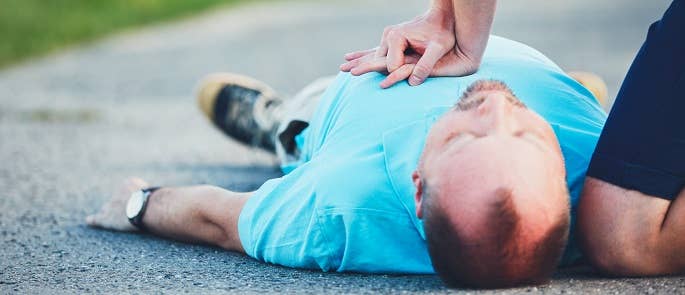
- Initiative and leadership: in an emergency situation, particularly a medical emergency, time can play a crucial role in the outcome. Being able to act quickly, take the lead, use your initiative and trust your judgement are all vital skills for providing effective first aid.
- The ability to work in a team: as well as being able to lead, you must be able to work effectively as part of a team. You may need to work alongside the emergency services to ensure the casualty gets the correct care so being able to cooperate with them is vital.
- Positivity: someone who always sees the glass as half-full, rather than half-empty is a prime candidate for a first aider. Positivity will help you to reassure the injured or unwell person and prevent you from becoming mentally drained by the job.
While this list is by no means exhaustive, it is essential to consider your personal qualities alongside any technical abilities when considering whether or not to become a first aider.
Illnesses or injuries can happen at any time, often without warning, which is why trained first aiders are an asset to every workplace. However, first aiders hold a great deal of responsibility and if you are thinking of becoming one, it is vital that you are committed to the role, the responsibilities you will need to undertake and the qualities you may need to develop.
Further Resources:
- Workplace First Aid Quiz
- Guidance for First Aid Kits in the Workplace
- Workplace Health and Safety Quiz
- First Aid Qualifications: The Difference Between FAW and EFAW
- How to Support Individuals After Giving First Aid Assistance
- How to Carry Out the Primary Survey Using the DRABC Steps
- Online First Aid Courses


